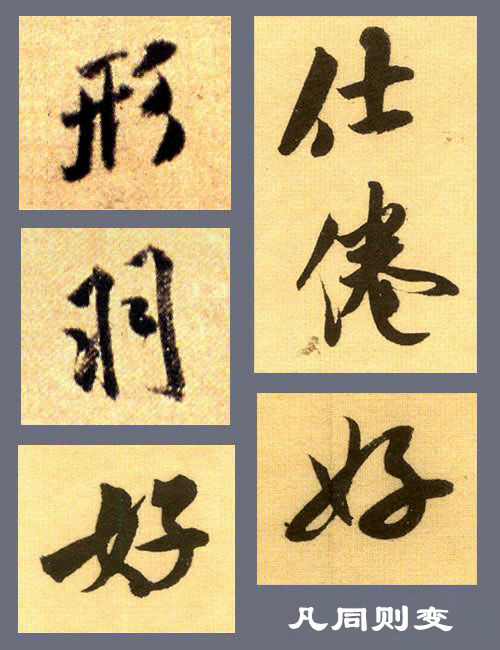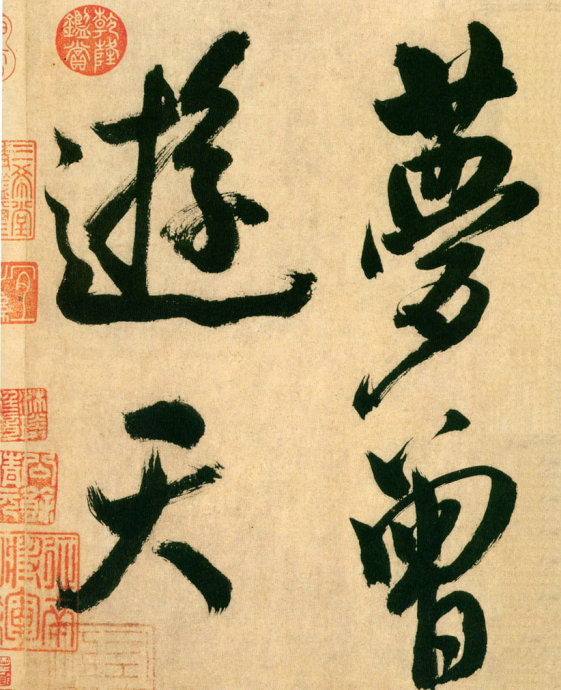
Part of Mi Fu's "Duojinglou Poetry Album in Running Script"
1. Size and length
First of all, we need to grasp the size and length of the font as a whole. The ancients said that the most fearful thing about writing is that "words are like operators". When it comes to tying words, one should avoid making them uniform in size. If so, there will be no artistry at all. Mastering this rule can enable us to have an overall grasp of the glyphs of individual characters when copying and creating. This is the most common mistake for beginners during the copying process.
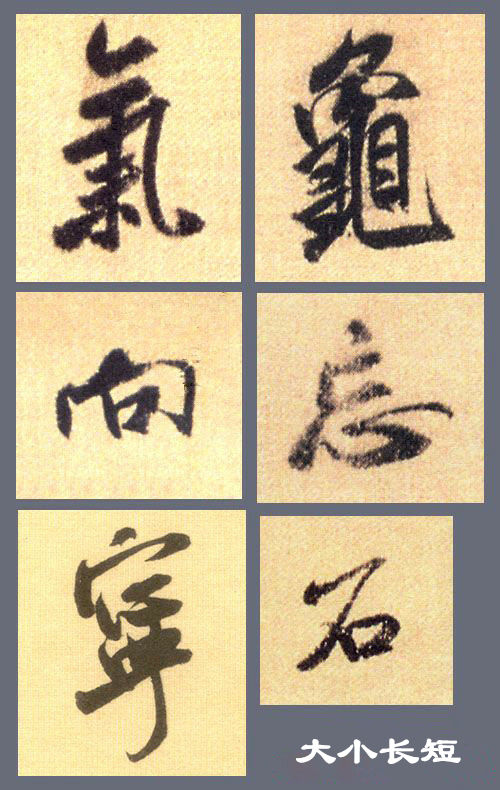
2. Flat side
In order to meet the needs of composition, running script can be straight or sideways, but the center of gravity of the characters must still be kept stable. Different styles of running script have different degrees of bias. For example, Mi Fu's running script has a greater degree of bias than Zhao Zi'ang's running script.
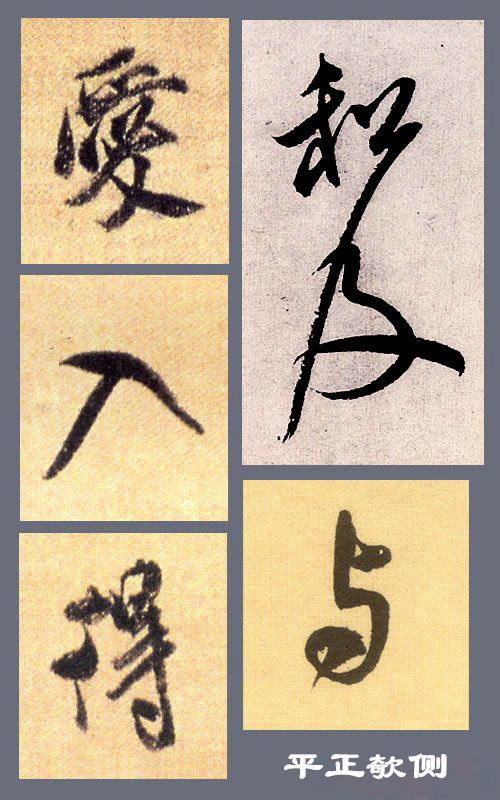
3. Reduce link
Another major difference between running script and regular script is the echo of the connecting strokes at the beginning and end of running script, which strengthens the directionality of stipples and expresses Qi more strongly. This is reflected in the knot characters, which means that strokes are omitted. These connected strokes form different Interesting combination and contrast.
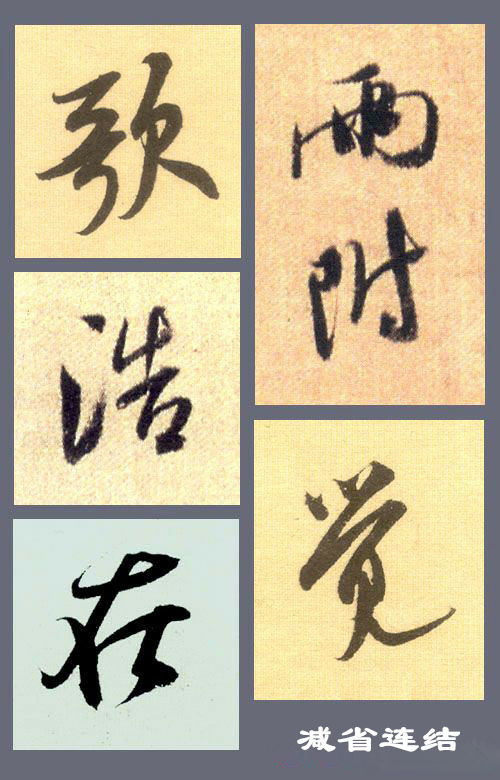
4. Retract, expand and contract
In order to contrast the change, a certain stroke (part) of the character shrinks left and right, highlighting another stroke (part); in order to contrast the change, a certain stroke (part) of the character stretches up and down, while the other stroke (part) shrinks.

5. Density and evenness
Regular script generally has a well-proportioned pattern, while the pattern of running script is much richer than that of regular script. The pattern of running script can be even or gapped, sparse or dense. This is also a common mistake for beginners. It is easy to write words evenly distributed, which is not interesting at all.
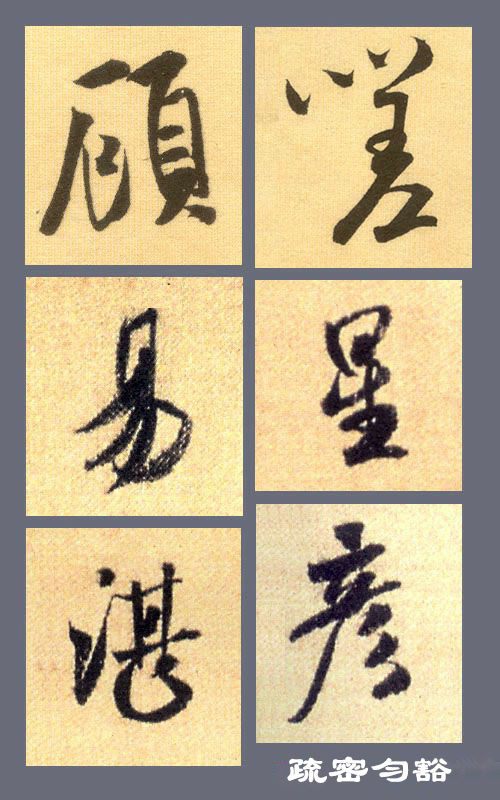
6. Open and close to the back
The so-called opening refers to the tendency of the strokes of a character to expand outward; the so-called close refers to the tendency of the strokes of a character to gather inward. Opening and closing is also called "toward the back". The one facing the back is called opening, and the one facing toward the back is called closing. In Mi's running script, the palace is tight and tight, and the knots are mainly open (back). In Yan's running script, the outside is tight and the inside is loose, and the knots are mainly close (direction). In fact, every calligrapher's knots have openings and closings, or openings and closings, and closings and openings, so that they appear vivid.
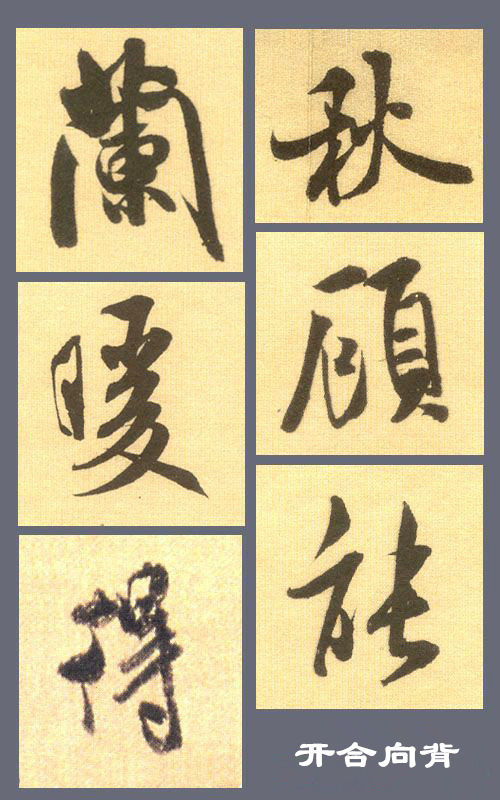
7. Give in and give in
There is give and take within the characters, so that the strokes can intersperse and echo, uniting them as one. It should be pointed out that running script is more flexible than regular script. In regular script, the strokes within the characters do not overlap, while in running script, several strokes in running script sometimes connect with each other and have overlapping parts. Such as "Crane", "Qu", "End", "Autumn", "Lv" and other words.
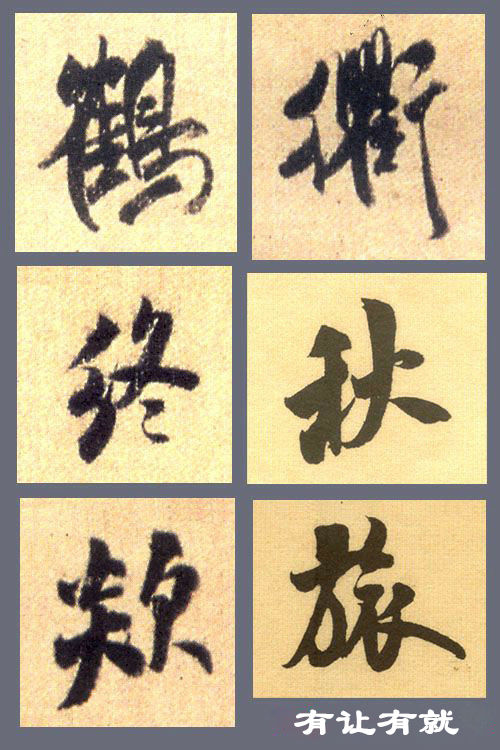
8. Scattered
Similar to the rules of tying characters in regular script, in order to avoid the flushness of the characters, the parts of the characters are appropriately staggered. Instead, the center of gravity is stable, lively and interesting, and the creative expression of the calligrapher can also be experienced. For example, "Bao", "Cu", "Hong" and "Hong" are misaligned up and down, and "Half Years Old" is misaligned left and right.
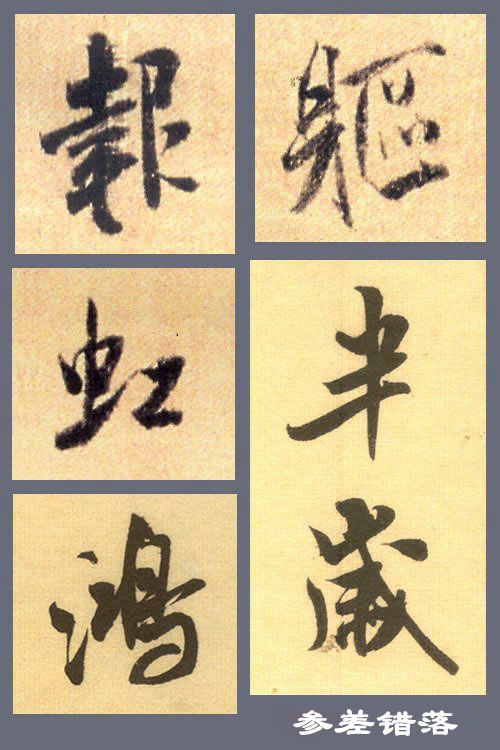
9. Whatever is the same will change
The same stipples within a character must be treated differently, such as the character "shaped"; the same parts within the same character must also be changed, such as the character "yu"; characters with the same radicals are together, and the radicals There must also be changes, such as "official fatigue"; in a work, the same word appears multiple times, and changes are also required, such as the changes in several "good" words in "Tiaoxi Poetry".
